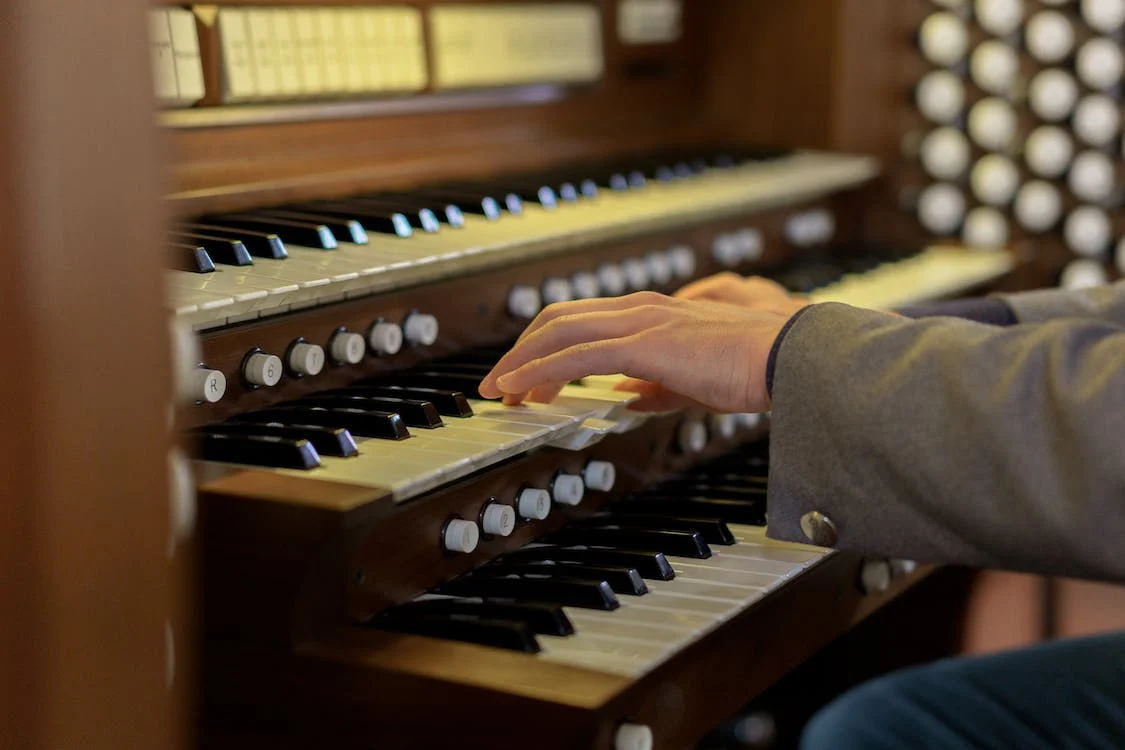Pianos have been captivating musicians and audiences for centuries with their unique sound. Whether you’re a beginner or an experienced pianist, understanding the mechanics of the piano and the techniques used to play it can help unlock the melodic magic of this incredible instrument.
what is Melodic Magic?
Melodic magic” can be interpreted in different ways, but generally refers to the enchanting and powerful effect that well-crafted melodies can have on listeners.
In music, a melody is a sequence of notes played in a particular order and rhythm that creates a distinct musical line. A skilled composer or musician can create a melody that is memorable, emotional, and captivating, drawing the listener into the music and evoking powerful feelings and associations.
Melodic magic can also refer to the way that melodies can be used to create a sense of atmosphere or mood in music, setting the stage for the rest of the composition. By using a particular melody or sequence of melodies, a composer can evoke a wide range of emotions and create a deep connection between the listener and the music.
Different Types of Pianos
Pianos come in different types, each with its unique sound and characteristics. The most common types are the grand, upright, and digital pianos. Grand pianos are typically larger and have a more powerful sound, while upright pianos are smaller and more compact. Digital pianos are electronic and offer a range of sounds and features, including the ability to connect to a computer or other devices.
Mechanics of the Piano
Regardless of the type of piano, the basic mechanics are the same. The piano has a series of keys that, when pressed, cause hammers to strike strings inside the instrument. The length and thickness of the strings determine the pitch and volume of the sound produced. The pedals on the piano are used to change the sound and sustain notes.
Techniques for Playing the Piano
To play the piano, you need to learn proper technique and hand positioning. The position of your hands and fingers is critical in producing the correct sound and playing with ease. Beginners should start by practicing basic scales and chords, gradually building up to more complex pieces.
Dynamics and Expression
One of the most challenging aspects of playing the piano is mastering the art of dynamics. Dynamics refer to the range of volume in music, from soft to loud. Learning to play with expression and feeling is what sets great pianists apart from the rest. One way to practice dynamics is by playing a simple piece and gradually increasing or decreasing the volume as you play.
Timing and Rhythm
Another critical element of piano playing is timing. Timing refers to the rhythm and tempo of the music, and it’s essential to stay in time with the beat. Practice with a metronome or drum machine to develop your timing skills and improve your sense of rhythm.
Connecting with the Music
Finally, it’s important to remember that playing the piano is not just about hitting the right notes. It’s about expressing yourself and conveying emotions through the music. To truly unlock the melodic magic of the piano, you need to connect with the music and let it speak through you.
Conclusion
Playing the piano can be a rewarding and fulfilling experience, but it requires patience, practice, and dedication. By understanding the mechanics of the piano, practicing proper technique, and mastering dynamics and timing, you can unlock the melodic magic of this incredible instrument. So, whether you are a beginner or an experienced pianist, keep practicing, set goals, and most importantly, have fun!































